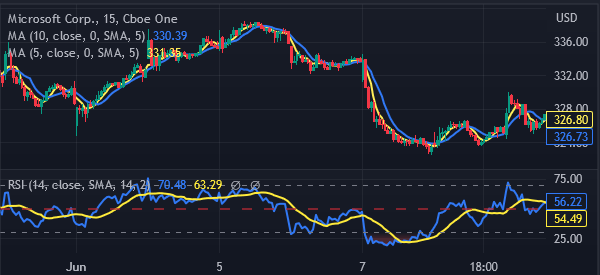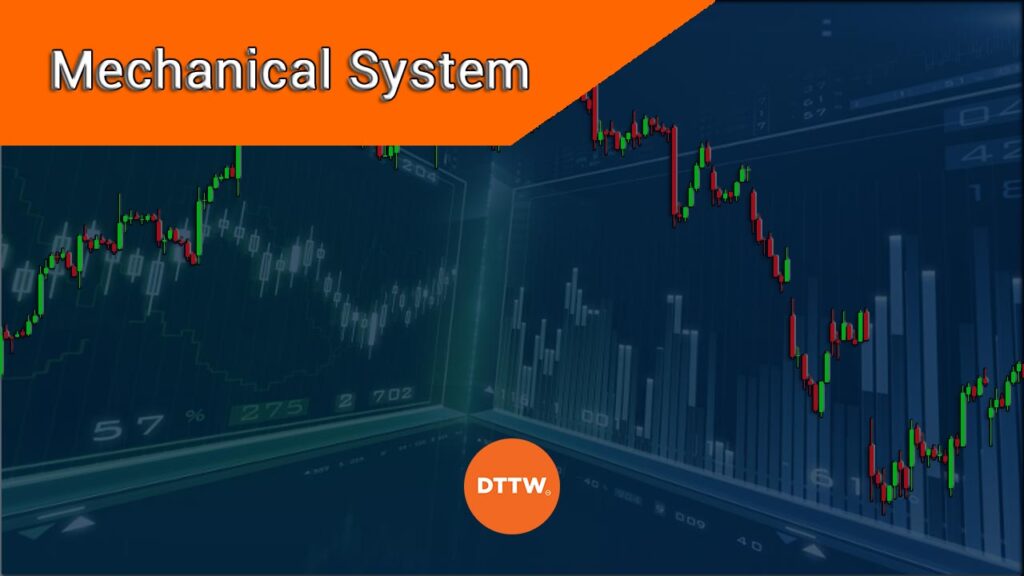As a trader, having a good trading system is very important, because it allows you to save time on a daily basis when operating in the markets. It also allows a trader to be only make decisions based on a platform that has been backtested using various parameters.
Broadly, there are two main types of trading systems:
- A manual system where one uses excel analysis
- An automated or mechanical system
A simple Google search will produce thousands of trading systems which have been developed by traders. Some are good while some are not appropriate at all.
In this article, We will write on how you can develop your own trading system. When developing a mechanical trading system, your aim should never to make a billion dollars. The two most important goals you should aim to achieve are to identify a trend as early as possible and to avoid whipsaws.
On paper, these are simple strategies which you can come up with. In reality, it is more complicated than this because the strategies contradict one another.
→What you need to know about Trading System
Table of Contents
What is a mechanical system?
A mechanical trading system is also known as robot or expert advisor. It is a highly technical tool that can execute a trade or send a signal when a certain combination is reached. For example, assume that you are a trader who uses the Relative Strength Index (RSI) indicator to trade.
Also, assume that you always open a buy trade when the RSI moves to an extremely oversold level of 10. Now, you can stay in front of your computer and wait for these conditions to be reached.
Alternatively, you can create a software that automatically opens a trade when the RSI moves to that level. Then again, you can create a program that sends you a notification when the RSI moves to that level. This system is known as a robot or a mechanical system.
As you can see, creating such a system is not an easy process. For one, you need to have a routine that works well. Also, you need to have some experience in software development since a robot is a computer program.
How a mechanical system works
A mechanical system works in a relatively simple way. First, a trader can build or buy an already-built system. The system is usually built using several programming languages like Python and CSS. After this, the software is incorporated into the trading system.
This is important because not all systems accept these robots. For example, it is almost important to incorporate a mechanical system in Robinhood or Schwab.
When all the settings are done, the system will do what it is supposed to do. For example, it could open trades when the parameters match. It can even stop trades when conditions change.
Key Settings
Set the timeframe
Every trader has specific timeframes that they trade with. Some are perfect trading with hourly charts while others are perfect when trading 30 minutes charts. To select the timeframe, you need to assess yourself to understand the type of trader you are.
If you are a day trader, we suggest you use hourly and 30 minutes charts. Instead, if you are a swing trader, you should use daily charts.
→3 key Differences between day trading and swing trading
Select indicators
After setting the timeframe, the next step is to select the indicators to use. As a day trader, to accomplish the first goal mentioned above, we suggest that you use moving averages.
You should use two moving averages, one fast and another one slow and wait until the fast one crosses the slow one. This is a concept known as moving average crossover.
Find indicators to confirm the trend
In this stage, you simply want to fulfil the second goal we mentioned above (avoid whipsaws). You want to avoid being in a false trend, thus the need to confirm the trend. To achieve this goal, We suggest that you use MACD, Relative Strength Index, and Stochastic.
→ Best Trend Indicators for Day Trading
Risk assessment
No system is accurate. Therefore, it is important to define the risk that you intend to use. Some trades will go against the system. It is thus important to define the amount of risk you are willing to take on every trade you enter.
You don’t want to destroy your account and incur heavy losses for neglecting risk management, do you?
Entry and exit points
After following the above steps, the final step is to define the entry and exit points. There are many theories on how to make this happen, however most people believe in entering the trades when all the indicators match up even before the candle closes. Other people, instead, prefer seeing all the traders match up and wait until the candle closes up.
In our experience, we believe in waiting for the candle to close. This is because at times the indicators might match and change before the candle closes.
Once you are in a trade, the next challenge is on when to exit. The best way to do this is to trail your stop. This means that if your trade turns positive by X, you move your stop by X. You can also set the stop loss by using the support and resistance levels.
Here a practical example.
Entry Positions – Place a buy position if: the 5 day moving average is above the 10 day simple moving average and when the stochastic lines are moving up. Finally, enter when the RSI is greater than 50.
Exit Positions – Place a sell order when the 5 day simple moving average moves below the 10 day simple moving average. The stochastic lines should be moving down. This will prevent you from entering when the stochastic lines are in overbought sections. The relative strength index should be less than 50.
Rules of exits – The trade should exit when the 5 day simple moving average crosses the 10 day simple moving average in the opposite direction. Also, the RSI should cross back to zero. Finally, you should exit when the trade hits the stop loss of 100 pips.
The charts below shows some examples of this system in action.

Backtesting the mechanical system
The next key step when building a mechanical system is known as backtesting. It is simply the process in which you use historical data to see how the software would have performed in a real market situation. Fortunately, many trading platforms like TradingView and MetaTrader have features that enable you to backtest a robot.
Pros and cons of mechanical robots
There are several benefits of using a mechanical robot. The first benefit is that the bot will always do what you have programmed it to do. Second, the bot can scan multiple assets at once to identiify trading opportunities. Third, the mechanical system does not sleep. It can work even when you are not around.
There are several cons of using these systems. First, building a mechanical system requires significant skills that most people don’t have. For example, it is rare to find someone who knows how to code and trade. Second, at times, a mechanical system can lead to significant losses. Third, it is often difficult to forward-test the mechanical system.
Final thoughts
In this article, we have looked at what a mechanical system is in the financial market. We have also looked at some of the best strategies to use when building the system and the pros and cons involved.
External Resources for Mechanical Trading System
- Mechanical trading systems save you from yourself! – Tradingsystemlife
- Emotions And Mechanical Trading Systems – Netpicks





